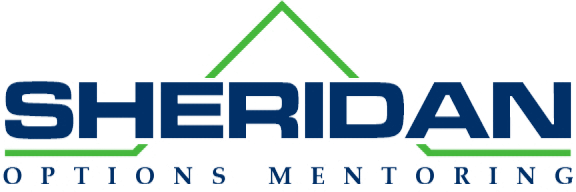Excerpt
Arbitrage is a central concept in finance. It is defined as simultaneous long and short positions in similar assets to exploit mispricing. Hedge funds experienced fast growth over the past three decades, as real-world arbitrageurs as a group. As they increasingly influence the financial market, it is important to understand the economic drivers of hedge fund returns. Therefore we would like to present a paper dealing with the development of a parsimonious factor model, based on anomalies, to explain hedge fund returns.
Identifying hedge fund factors from anomalies is a very demanding task, regardless of the intuitive appeal. The literature detects hundreds of anomalies, but very important for the authors of the paper is to form a parsimonious set of factors, in the spirit of the APT, that can explain a large fraction of the time-series variation in hedge fund returns. Next problem is that hedge funds use sophisticated strategies, involving both long and short positions as well as derivative securities, that are often highly nonlinear and dynamic. What should we do with such problems? The authors implemented a machine learning approach to identify anomaly factors.
In this novel approach is proposed a new hedge fund factor model, using adaptive-Lasso shrinkage techniques. This model combines anomaly factors with conventional market and macro factors. The factor model outperforms existing models in explaining hedge fund returns. The adaptive LASSO estimator prescreens candidate factors and penalizes nuisance factors with smaller coefficients based on simple OLS. The authors show that the statistical variable selection successfully identifies a small set of nine factors, and the selected factors are robust across testing assets.
Paper contributions to the hedge fund literature:
1. A new factor model for hedge fund returns is very important because hedge funds have evolved at a fast pace in recent decades. This paper proposed a nine-factor model to uncover the risk factors that are most crucial for the hedge fund industry.
2. A significant decrease in alpha in the model provided fresh evidence on hedge fund performance and added to the debate about the value of active asset management.
3. The significant fraction of underperforming hedge funds detected by the proposed model calls for greater scrutiny from hedge fund investors when making investment decisions.
4. The proposed factor selection framework allows to update risk factors to accommodate style shifts in hedge fund strategies and, more generally, highlight the value of factor selection via machine learning.
The authors proposed a new factor model for evaluating hedge fund performance based on shrinkage techniques. They named their factor selection procedure – “Post-Adaptive-LASSO”. It systematically selects the best risk factors from a pool of 44 factors. They used a comprehensive sample of 7,314 hedge funds from TASS and HFR databases over the period from 1997 to 2019 to select factors.
The newly proposed model consists of nine risk factors:
– an asset growth factor,
– a betting-against-beta factor,
– a low-risk factor,
– an equity market factor,
– a return-on-asset factor,
– a time-series momentum factor,
– the monthly change in the 10-year treasury yield factor,
– the monthly change in credit yield spread factor,
– the term spread factor.
The model revealed substantial performance heterogeneity across funds, which is unlikely attributed to pure luck based on a bootstrap analysis.
Authors: Chen, Young and Li Zhengzi, Sophia and Tang, Yushan and Zhou Guofu
Title: Anomalies as New Hedge Fund Factors: A Machine Learning Approach
Link: https://papers.ssrn.com/sol3/papers.cfm?abstract_id=4320496
Originally posted on Quantpedia. Visit their website to read the full article.
Disclosure: Interactive Brokers
Information posted on IBKR Campus that is provided by third-parties does NOT constitute a recommendation that you should contract for the services of that third party. Third-party participants who contribute to IBKR Campus are independent of Interactive Brokers and Interactive Brokers does not make any representations or warranties concerning the services offered, their past or future performance, or the accuracy of the information provided by the third party. Past performance is no guarantee of future results.
This material is from Quantpedia and is being posted with its permission. The views expressed in this material are solely those of the author and/or Quantpedia and Interactive Brokers is not endorsing or recommending any investment or trading discussed in the material. This material is not and should not be construed as an offer to buy or sell any security. It should not be construed as research or investment advice or a recommendation to buy, sell or hold any security or commodity. This material does not and is not intended to take into account the particular financial conditions, investment objectives or requirements of individual customers. Before acting on this material, you should consider whether it is suitable for your particular circumstances and, as necessary, seek professional advice.
Disclosure: Hedge Funds
Hedge Funds are highly speculative, and investors may lose their entire investment.


















